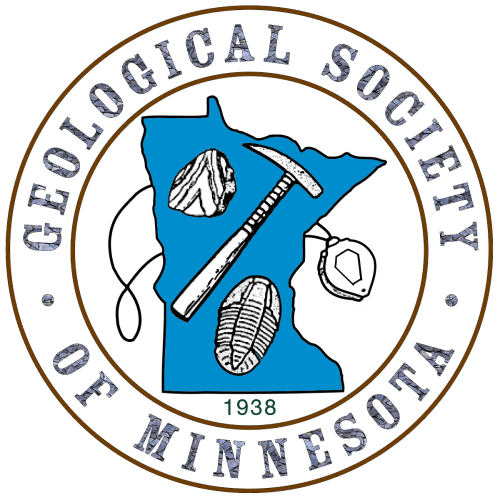Road Marker Information
Enter Road Address in your cars GPS:
3206 MN-61, Two Harbors, MN 55616
OR
Enter Geographical Coordinates in your cars GPS:
Degrees Lat Long: 47.143184, -91.467984
Latitude: 47°08’35.5″N
Longitude: 91°28’04.7″W
Country: Lake County
Where Found:
Located on state highway 61 in Gooseberry Falls State Park near the Middle Falls
Marker Number:232
Marker Composition:
Text on Marker:
THE GEOLOGY BEHIND THE WATERFALLS About 1.1 billion years ago, this continent began split-ting apart along a rupture called the Midcontinent Rift, which extended from the Lake Superior region south-west to Kansas. During a period of about 20 million years, thousands of lava eruptions flowed out over a flat landscape. Layer upon layer of flows accumulated until the growing stack reached a thickness of up to 20 kilometers in the Lake Superior area. Most of these flows solidified into the dark volcanic rock called basalt. The waterfalls of the Gooseberry River reveal the layering of these lava flows. When basaltic lava erupts at the earth’s surface, the gases it contains form bubbles, which slowly rise in the viscous liquid. Rapid heat loss at the top surface of a flow causes the lava just below the surface to solidify quickly. This quick-hardening lava captures the bubbles within it, creating a zone of porous rock along the flow top. Because the interior of a lava flow stays liquid longer, its gases have time to escape, leaving a solid section. After the flows here accumulated, warm groundwater percolated through the layers for a long time, altering minerals and softening the porous flow tops more readily than the solid interiors. This process left each flow supported by the weakened porous top of the flow underneath it. If you walk on the flows nearby, you will see some polygonal patterns of cracks in the basalt. The geometric shapes are actually the tops of rock columns that extend down into each flow. The columns formed parallel to the direction heat was lost when each lava flow cooled. Slow, uniform contraction of the rock during its cooling created the pattern of cracks, called columnar joints. The columnar joints of a flow and the erosion of the weakened flow top underneath it work together to partition a flow into poorly secured columns. These columns are broken apart by weathering and frost, and the rushing water of the river removes the chunks from the downstream edge of the flow. Thus, the way in which these ancient lava flows erode produces waterfalls in the shape of giant stair steps. Erected by the Geological Society of Minnesota in partnership with the Minnesota Department of Transportation, the Minnesota Geological Survey, and the Minnesota Department of Natural Resources. 2003
Region: Northeast Region
Information Needed:
- Verify Existance
Condition of Marker:
Do it Yourself Region: North Shore
